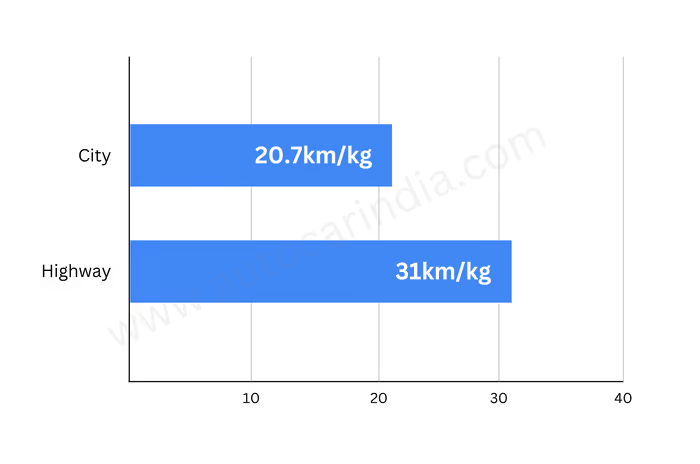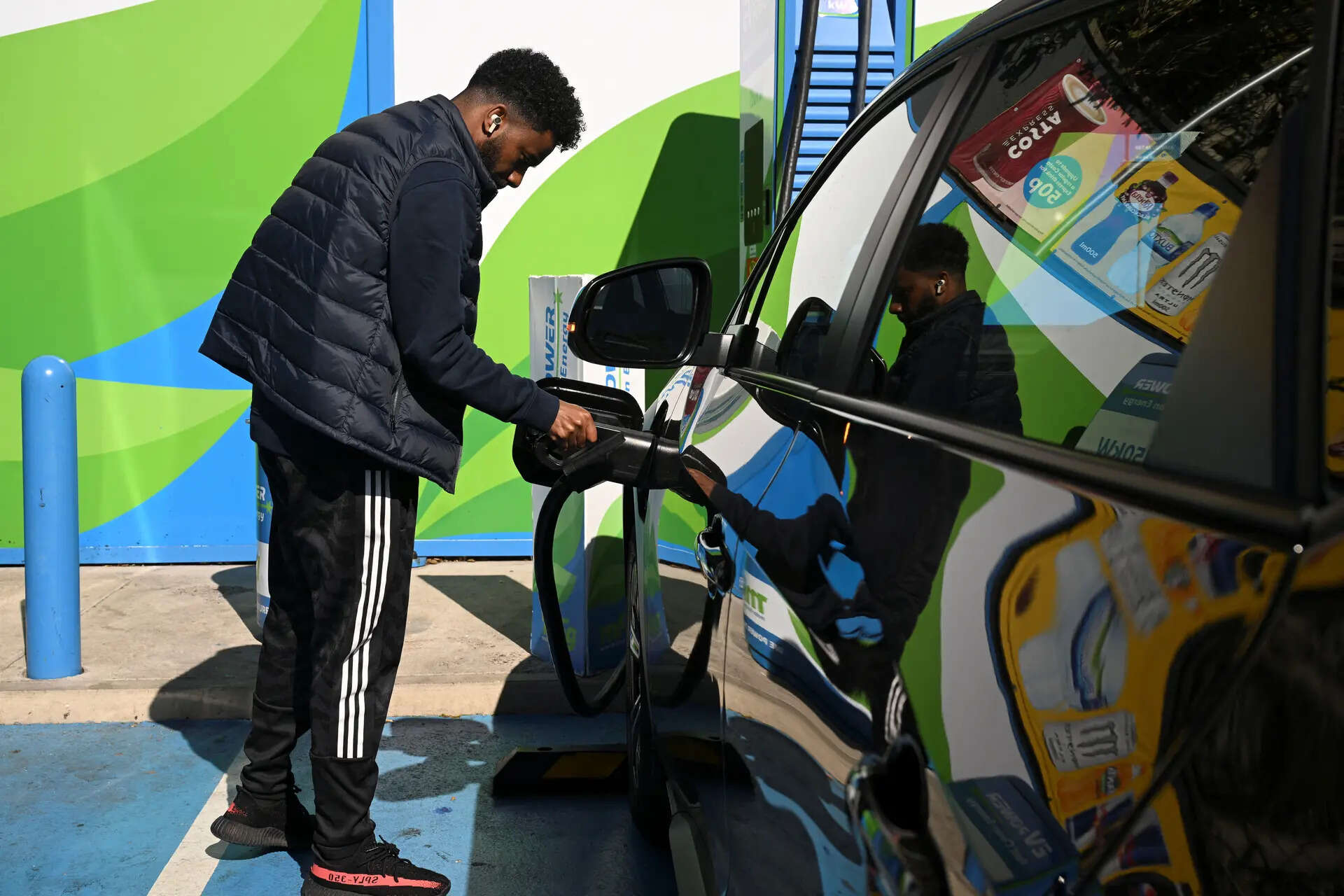We find out if the Punch iCNG can deliver the ARAI-claimed fuel economy of 26.99km/kg.
Tata Motors offers the sub-compact Punch with a wide range of powertrains, which include petrol, electric and compressed natural gas (CNG). The focus of this text is the efficiency of the petrol-CNG version, that’s priced between Rs 7.30 lakh and Rs 10.17 lakh (ex-showroom).
- ARAI claimed efficiency is 26.99km/kg
- Misses auto engine stop-start
- Top-spec iCNG weighs 1,181kg
Tata Punch CNG real world efficiency
Punch iCNG average real world economy close to ARAI figure
The Punch iCNG, with its dual-cylinder setup, is powered by a 1,199cc, 3-cylinder engine which produces 74hp and 103Nm of torque when running on CNG. It is mated to a 5-speed manual transmission. Unlike the petrol version however, this version neither gets drive modes, nor is there an automatic engine stop-start function to keep a check on fuel consumption. While the ARAI claimed efficiency figure of this CNG iteration is 26.99km/kg, in our real world tests, the Punch iCNG returned 20.7km/kg in the city and a rather impressive 31km/kg on the highway.

The Punch iCNG’s city efficiency is nearly identical to the Altroz icng’s 20.56km/kg, which is powered by a similar powertrain.
Autocar India’s fuel efficiency testing
CNG tanks are trickier to fill, and there are several variables, particularly ambient temperature and pump pressure. So, we didn’t opt for our standard tankful-to-tankful methodology. For our real-world test, we emptied their CNG tanks and filled each of them with 2 kilograms of CNG. Then, we drove them within urban confines till they ran out of gas. We repeated the process for the highway test. Throughout the drive, these cars were driven in CNG mode only.
Tyre pressures were maintained based on the manufacturer’s recommendation. These cars were driven on fixed city and highway loops in and around Navi Mumbai, maintaining certain average speeds. Throughout the tests, there was only one person in each car who ran the aircon and other electricals, such as the audio system, indicators and wipers, when required – just like a regular user would. Periodic driver swaps further neutralise variations in driver patterns. We take pride in our testing data, which isn’t merely consistent but also gives users an accurate indication of what they can expect in the real world.
Also see:

















.jpg?w=700&c=0)





































